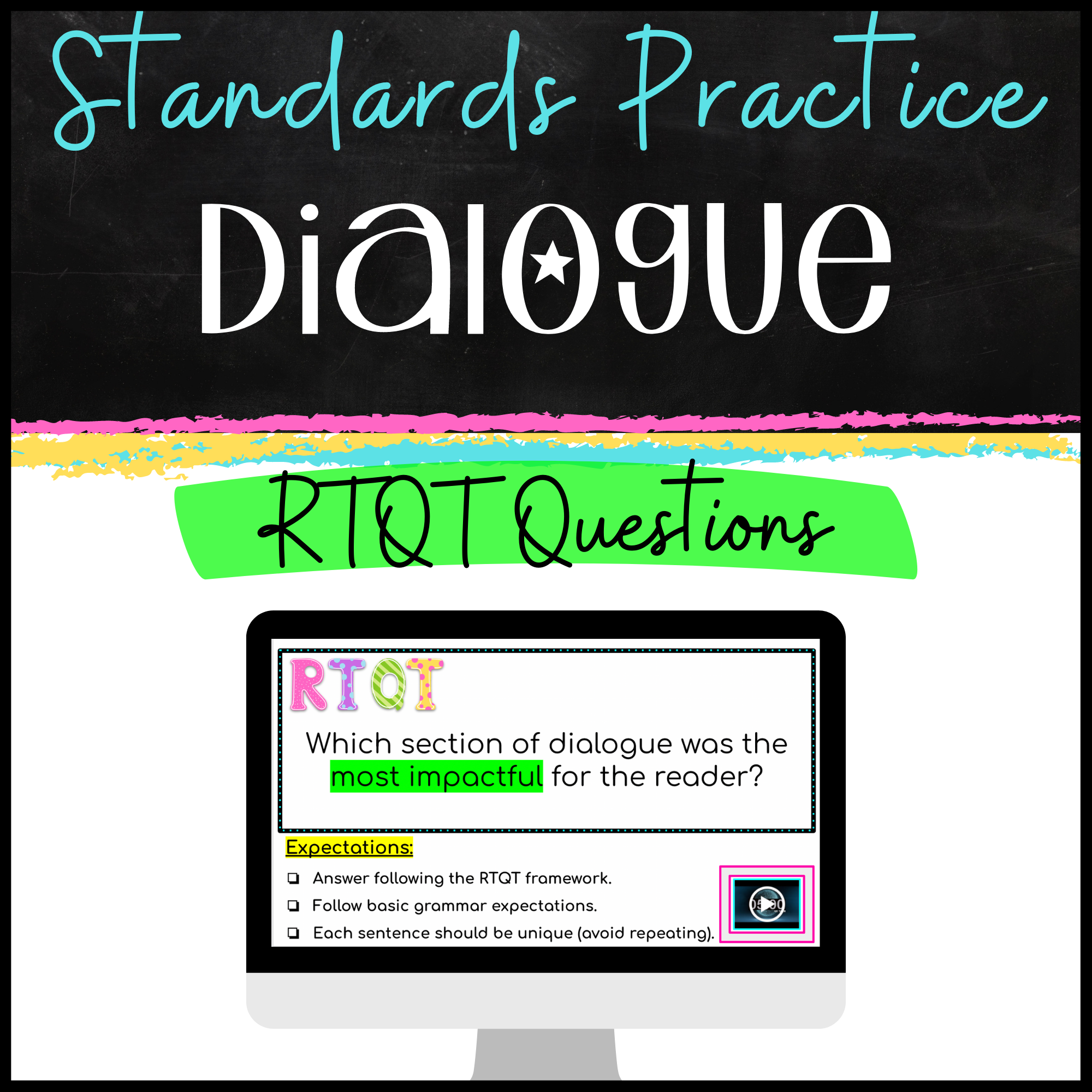Story ELements
Videos
Activities
Story Elements - Mini Lesson and Activities
This download is a great way to introduce the key terms associated with story elements, and give will provide students quality practice in constructing and deconstructing story elements.
This Download Includes:
Google Slides Notes: Definitions for Character, Setting, Plot, Conflict, and Theme. Slides are included about how to analyze how story elements interact.
Quizizz Link: Provide Students with a fun way to practice their vocabulary words they just learned.
Youtube Video: Need a digital option for your students? No worries! There is a link to a video version of the notes.
Whole Class Activity: Students are given a picture and they will brainstorm possible story element components as a class. Then, as a class or group, students will write a Flash Story.
Download Includes:
Link to a Google Slides Download (Notes and Student Notes Sheet)
Link to a YouTube Instructional Video
PDF Versions
Teacher Instructions with Answer Key
Story Elements: The Quest Activity Pack
You have reviewed story elements and your students completed the mini lesson and activities. Now it’s time for students to practice and apply their knowledge.
The Quests: Students will read The Grimm Brothers' version of Cinderella and complete the quests based on the story.
Quest 1
Part One-Students will identify character traits of the main characters and support their interpretation with text evidence.
Part Two- Students change one the main character’s traits and write about how that would affect the story.
Quest 2
Part One- Students will identify the setting.
Part Two- Students will change one aspect of the setting and determine how that would affect the story.
Quest 3
Part One- Students will determine how the main events from the story fit into the plot diagram.
Part Two- Students will change one element of the plot and write about how that will affect the story.
Quest 4
Part One- Students will identify the protagonist and antagonist in the story and explain the main conflict.
Part Two- Students will change the antagonist and write about how that would change the story.
Quest 5
Part One- Students will identify the theme of the story and how the character’s actions develop the theme.
Download Includes:
Link to a Google Slides Download
Cinderella Passage
PDF Versions
Teacher Instructions with Answer Key
Story Elements Graphic Organizer
This two page graphic organizer will help students develop their understanding of the different story elements. With this graphic organizer, students will determine the characters, setting, theme, conflict, and organize the plot. This graphic organizer can be used with a story or passage of your choice.
































